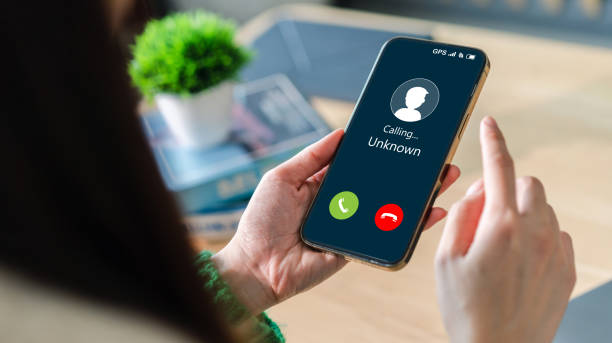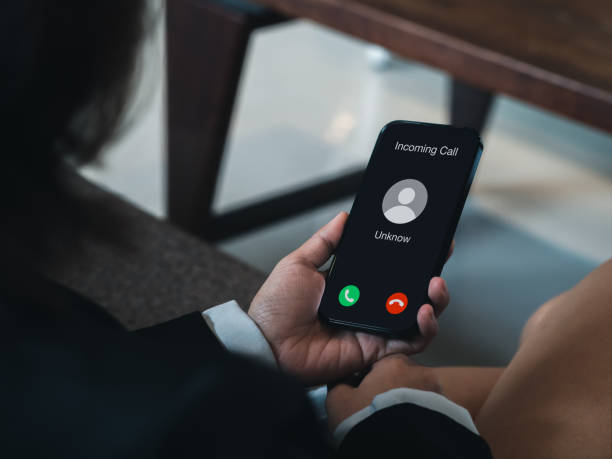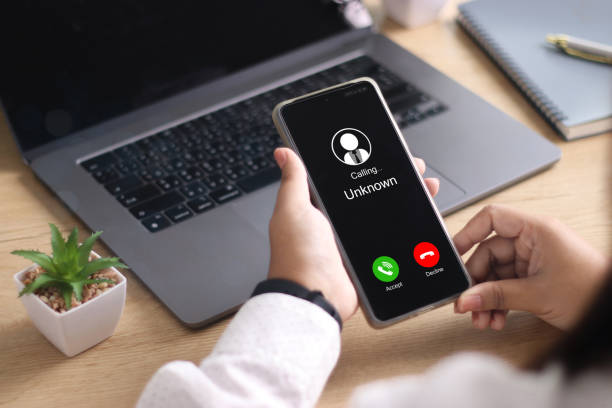Learn about the 9300120111410471677883 scam, its tactics, and how to protect yourself. Stay informed with tips on recognizing scams, reporting incidents, and safeguarding your data.
Table of Contents
ToggleIntroduction
The digital age has brought countless conveniences, but it has also paved the way for an increase in scams like the 9300120111410471677883 scam. This blog post explores the details of this scam, its impact on unsuspecting victims, and actionable tips for protecting yourself against similar fraudulent activities. With technology advancing rapidly, scammers continuously evolve their techniques, making it essential for individuals to stay informed and vigilant.
The Anatomy of the 9300120111410471677883 Scam
The 9300120111410471677883 scam involves a series of unsolicited calls or messages designed to deceive recipients into sharing sensitive information. These scams often leverage social engineering tactics to instill urgency or fear in the victim, pressuring them to act quickly without verifying the caller’s legitimacy. The scam may claim to represent financial institutions, government agencies, or reputable companies, often demanding immediate action, such as providing personal details, making payments, or granting access to online accounts. Understanding how this scam operates is crucial in safeguarding yourself and your data.
Warning Signs of the 9300120111410471677883 Scam
One of the most effective ways to avoid falling victim to the 9300120111410471677883 scam is to recognize its warning signs. Common red flags include receiving unsolicited calls from unknown numbers, requests for confidential information, and threats of penalties for non-compliance. Scammers may also use fake official-sounding language to appear legitimate. These tactics are designed to bypass your critical thinking and exploit your instincts. Staying alert to such signs can prevent costly mistakes and unnecessary stress.
Why Scammers Use Numbers Like 9300120111410471677883
Scammers often use long, unfamiliar numbers like 9300120111410471677883 to mask their true identities and locations. These numbers are typically generated using Voice over Internet Protocol (VoIP) technology, allowing fraudsters to create virtual phone lines that are difficult to trace. By using such numbers, scammers can target victims globally, bypassing geographic restrictions and regulatory measures. This strategy highlights the importance of understanding the technology behind such scams and staying cautious when receiving calls from unknown numbers.

Real-Life Cases of the 9300120111410471677883 Scam
Many individuals have shared their experiences with the 9300120111410471677883 scam, shedding light on its devastating effects. Victims often recount being caught off guard by urgent claims of account compromise or fraudulent activity. In some cases, scammers succeeded in extracting large sums of money or sensitive data, leading to financial losses and identity theft. These real-life cases serve as a stark reminder of the importance of vigilance and proactive measures in the face of potential scams.
The Role of Social Engineering in the 9300120111410471677883 Scam
Social engineering plays a central role in the success of scams like 9300120111410471677883 scam. Fraudsters manipulate victims’ emotions, leveraging fear, trust, and urgency to bypass logical reasoning. For instance, a scammer might claim that your bank account has been hacked, pressuring you to provide login credentials immediately. Understanding these tactics can help you recognize when you’re being manipulated, enabling you to respond with caution and confidence.
How Scammers Exploit Human Psychology
The 9300120111410471677883 scam demonstrates how fraudsters exploit human psychology to achieve their goals. Scammers capitalize on common behavioral tendencies, such as the fear of missing out (FOMO), the desire to comply with authority, and the instinct to avoid penalties. By creating scenarios that tap into these emotions, scammers effectively compel victims to act against their better judgment. Developing awareness of these psychological triggers is a powerful defense against scams.
Technological Tools Behind the 9300120111410471677883 Scam
Scams like the 9300120111410471677883 scam are often facilitated by sophisticated technological tools. Fraudsters use VoIP systems, caller ID spoofing, and automated dialing software to reach thousands of potential victims quickly and efficiently. These technologies make it challenging to trace the origin of the scam, complicating law enforcement efforts. Understanding these tools underscores the importance of using technology responsibly and being wary of its misuse.
How to Identify a Scam Call Like 9300120111410471677883
Recognizing a scam call is the first step toward protecting yourself from fraud. When you receive a call from a number like 9300120111410471677883, listen for signs of scripted communication, overly persistent behavior, and requests for personal or financial information. Scammers often attempt to prevent you from hanging up or verifying their claims. Trust your instincts and exercise caution in such interactions.
What to Do if You Encounter the 9300120111410471677883 Scam
If you suspect that you’ve encountered the 9300120111410471677883 scam, act quickly to minimize potential damage. Begin by ending the call immediately and avoiding any further communication with the number. Next, report the incident to relevant authorities, such as your local law enforcement or cybercrime division. Additionally, inform your bank or service provider if your financial or account information has been compromised.

The Importance of Reporting the 9300120111410471677883 Scam
Reporting scams like the 9300120111410471677883 scam is critical in combating fraud on a broader scale. Your report can help authorities track down scammers and prevent them from targeting others. Many governments and organizations have established platforms for reporting such incidents, making it easier for victims to contribute to anti-scam efforts. By taking the time to report scams, you play a role in protecting your community from similar threats.
Blocking and Filtering Unwanted Calls
One of the simplest yet most effective ways to combat the 9300120111410471677883 scam is to block and filter unwanted calls. Most smartphones offer features to block specific numbers and enable Do Not Disturb settings, reducing your exposure to potential scams. Additionally, call-filtering apps can automatically identify and block known scam numbers, providing an extra layer of protection.
Educating Yourself and Others About Scams
Education is a powerful tool in the fight against scams like 9300120111410471677883 scam. By staying informed about the latest tactics and sharing this knowledge with friends and family, you can create a ripple effect of awareness. Discussing scams openly reduces stigma and empowers individuals to take proactive measures, creating a collective defense against fraudsters.
Cybersecurity Tips to Protect Against the 9300120111410471677883 Scam
In the digital era, robust cybersecurity practices are essential for protecting yourself from scams. Use strong, unique passwords for your accounts, enable two-factor authentication, and regularly monitor your financial statements for suspicious activity. These measures can significantly reduce your vulnerability to scams like the 9300120111410471677883 scam, keeping your data and finances secure.
The Role of Governments and Regulators in Combating Scams
Governments and regulatory bodies play a crucial role in addressing scams like 9300120111410471677883 scam. Through policies, public awareness campaigns, and partnerships with technology providers, they can disrupt scammers’ operations and protect citizens. However, individuals must also take responsibility for staying informed and vigilant, as collective efforts are necessary to combat this widespread issue.
Conclusion
The 9300120111410471677883 scam is a stark reminder of the risks associated with the digital age. By understanding how these scams operate, recognizing their warning signs, and adopting proactive measures, you can protect yourself and your loved ones. Remember that vigilance, education, and reporting are your strongest allies in the fight against fraud.





